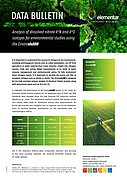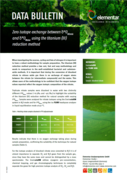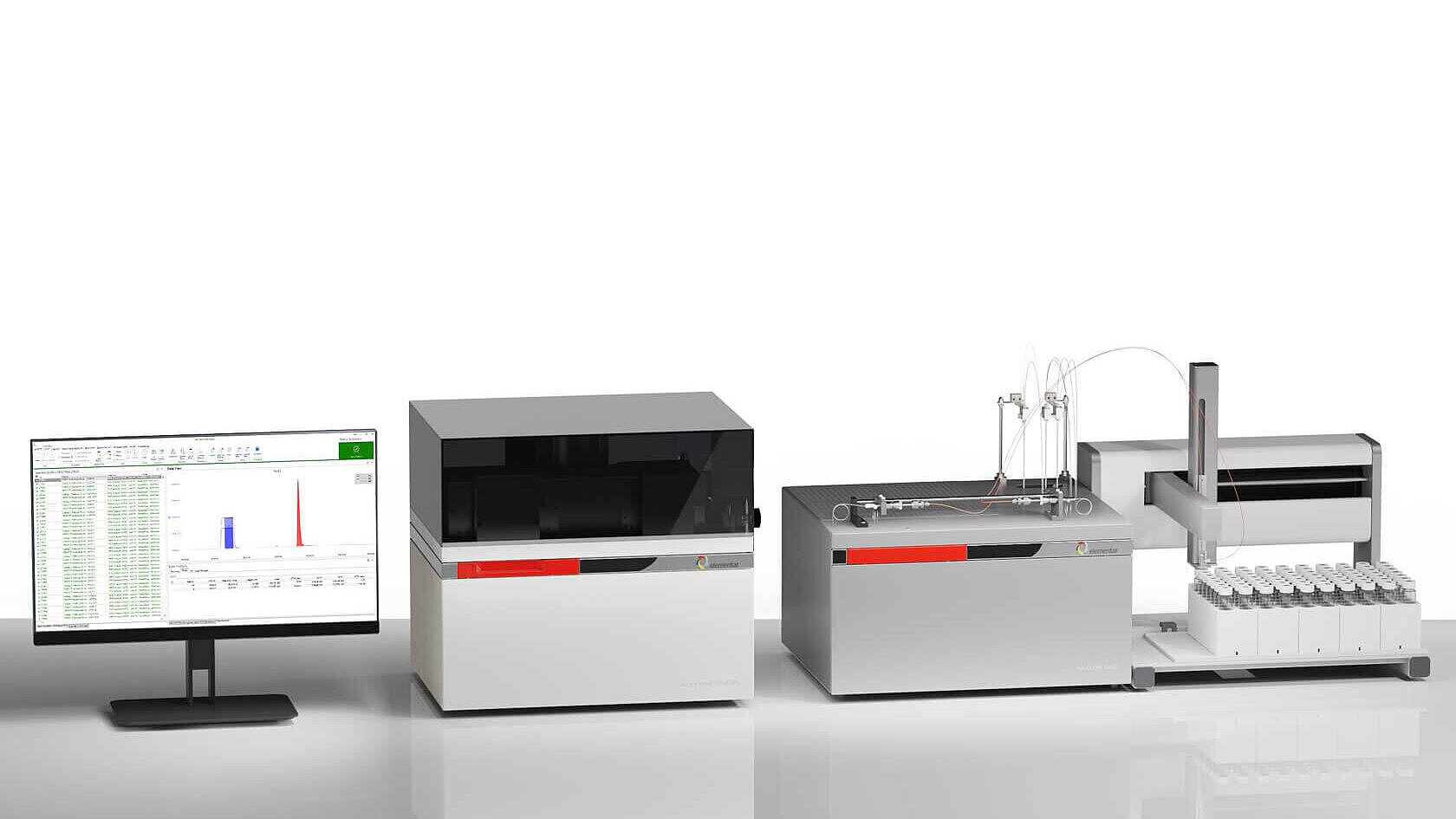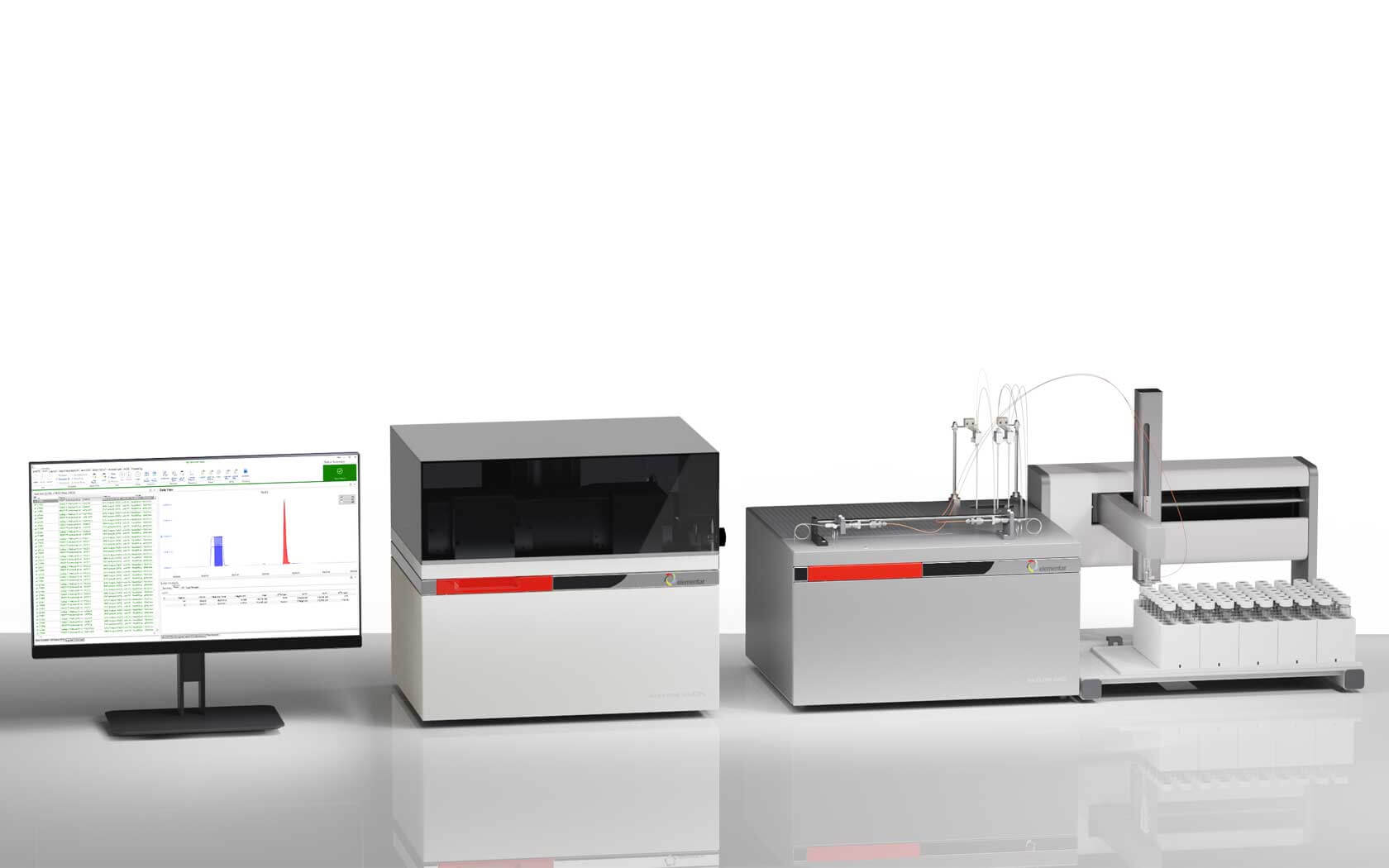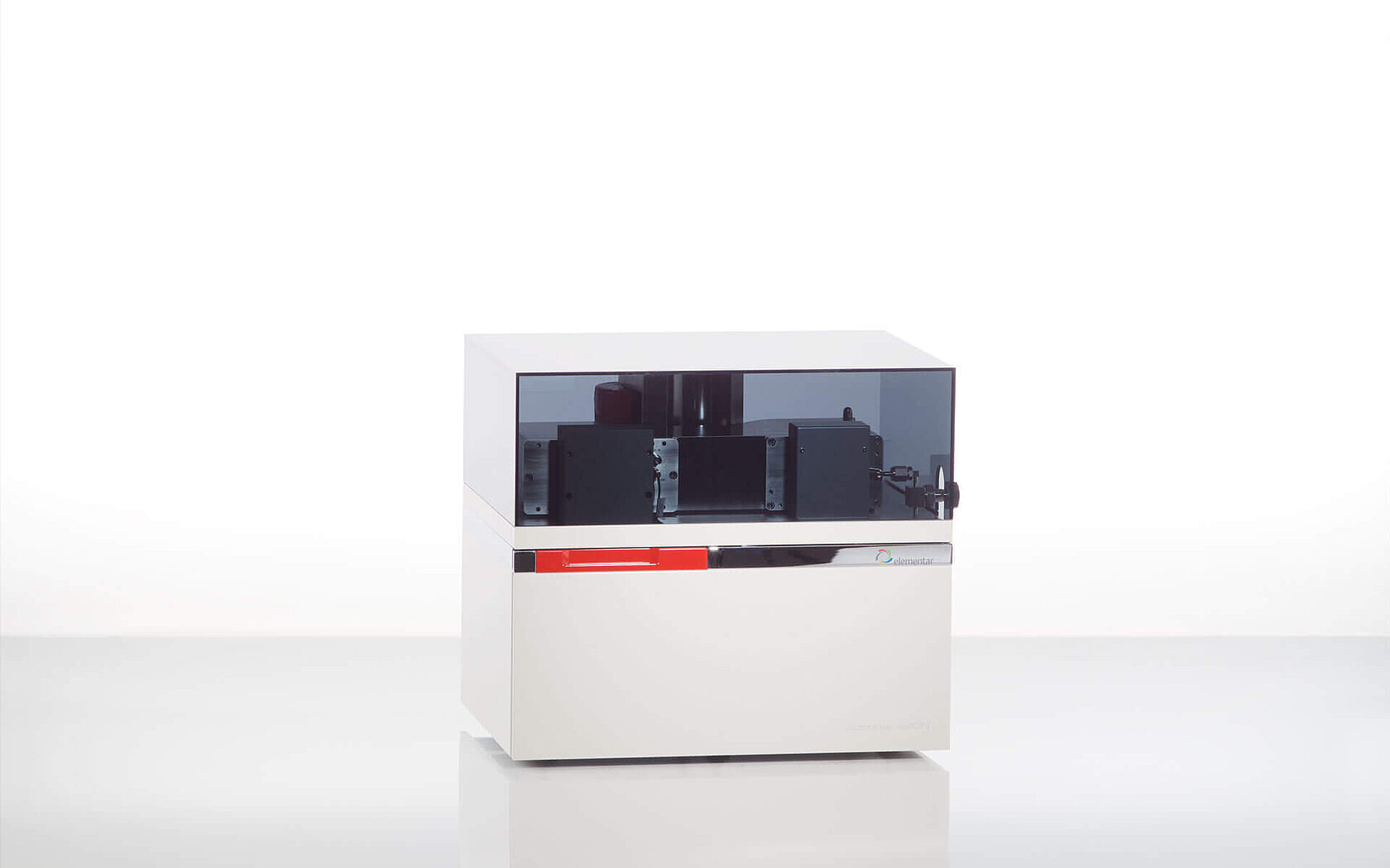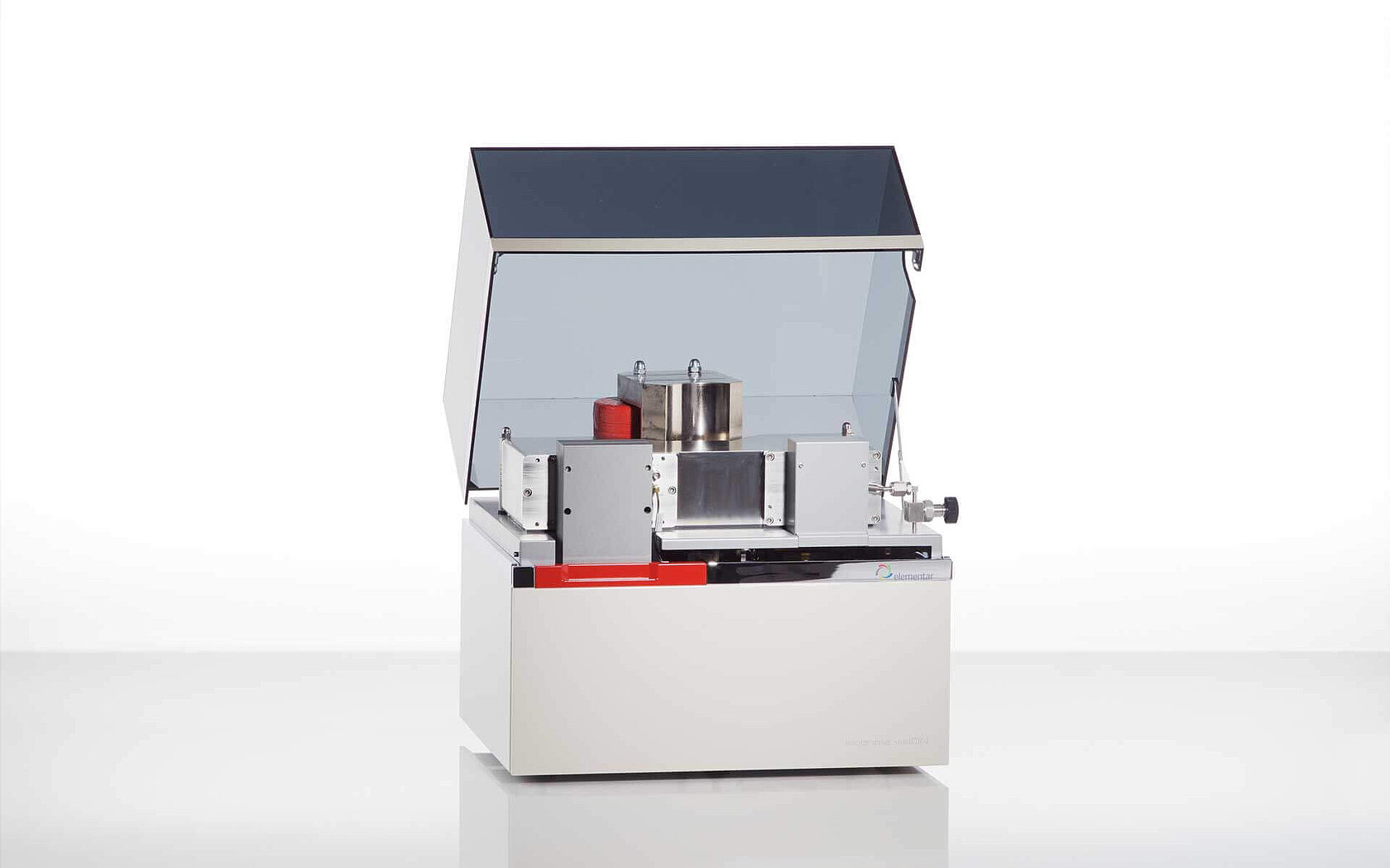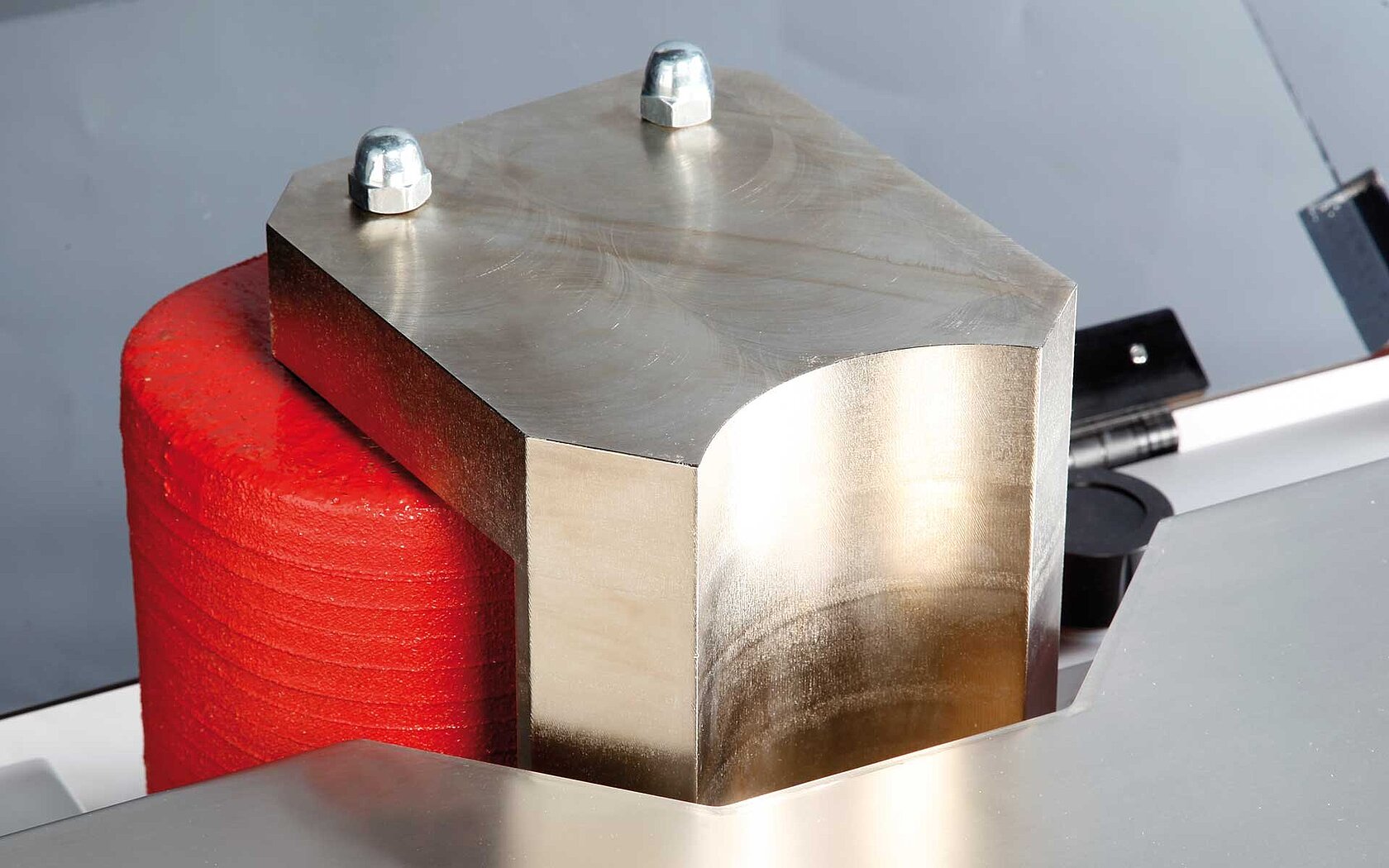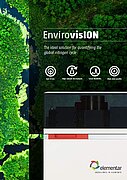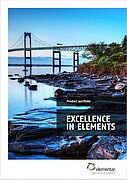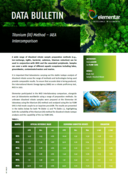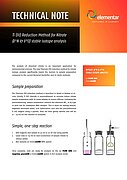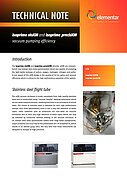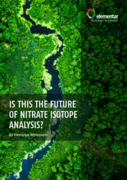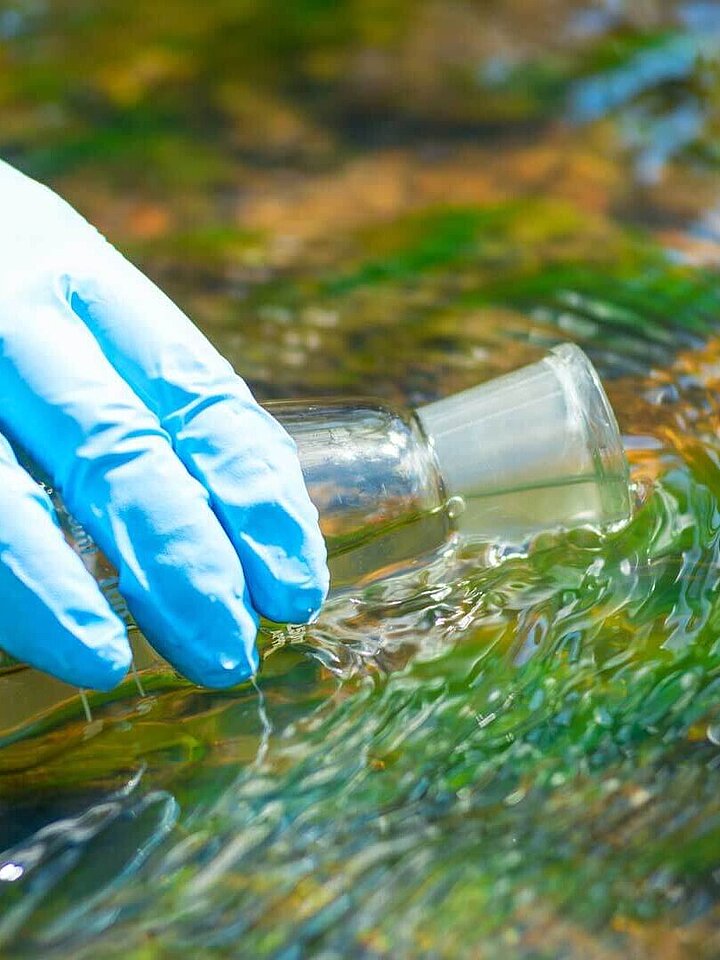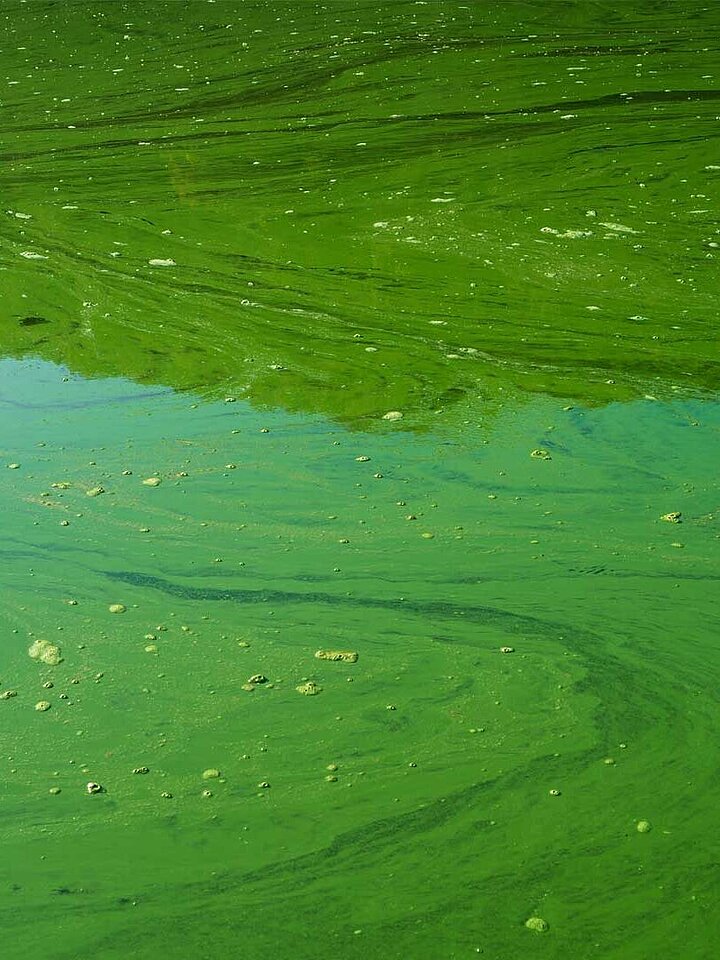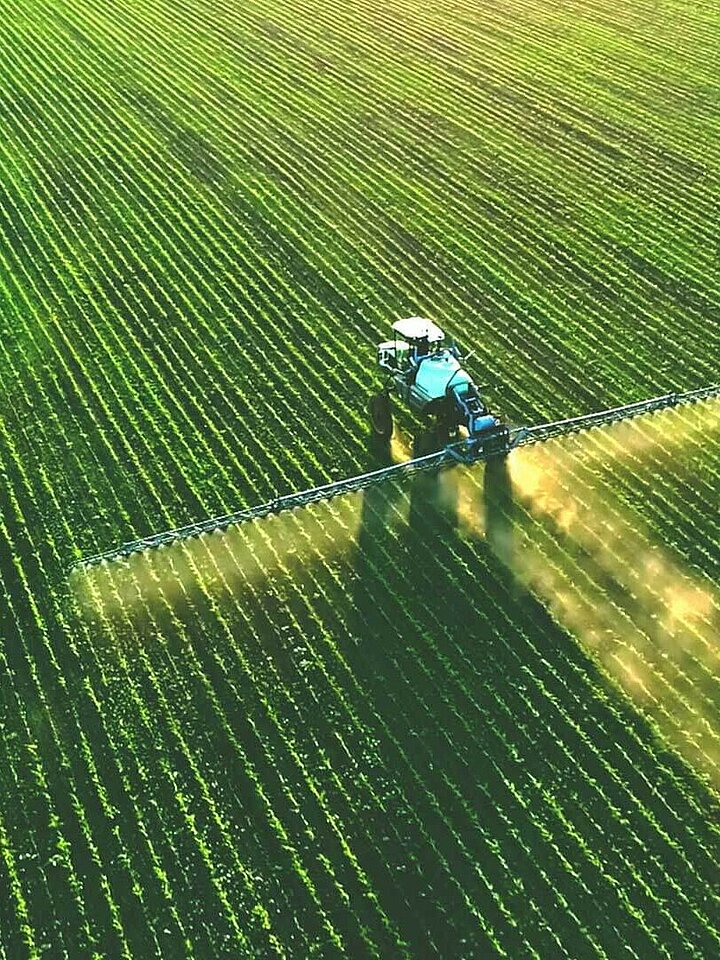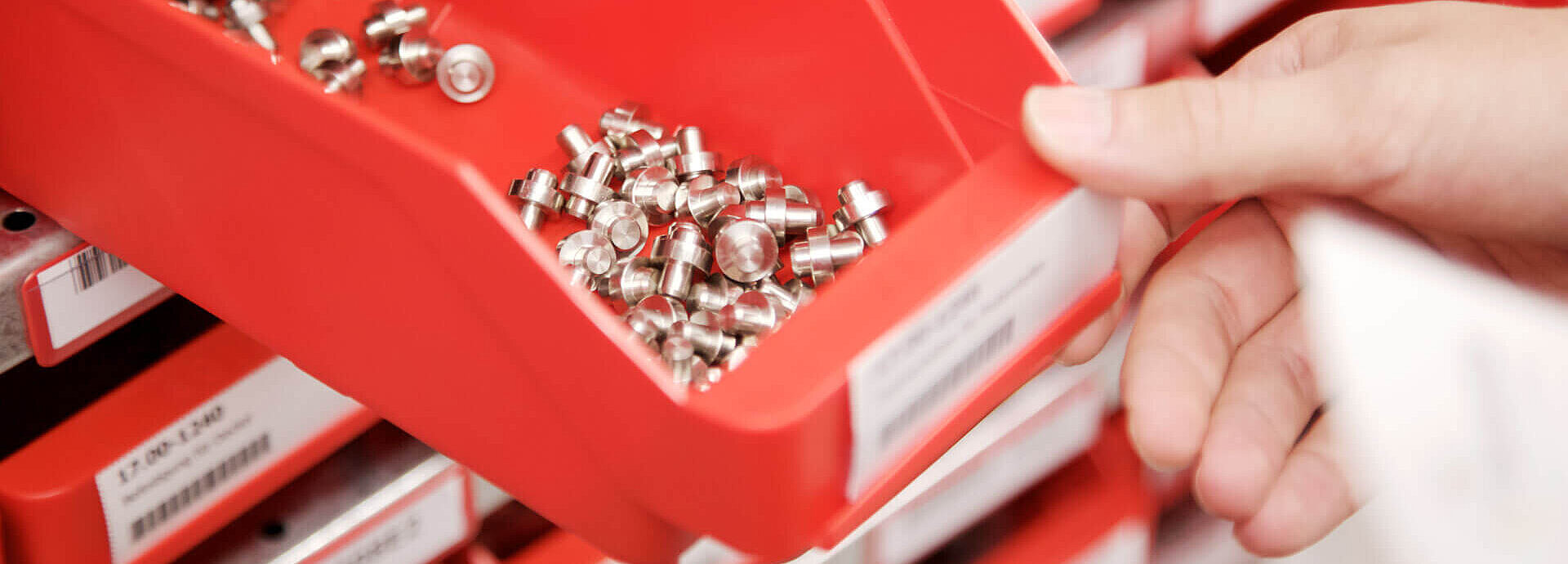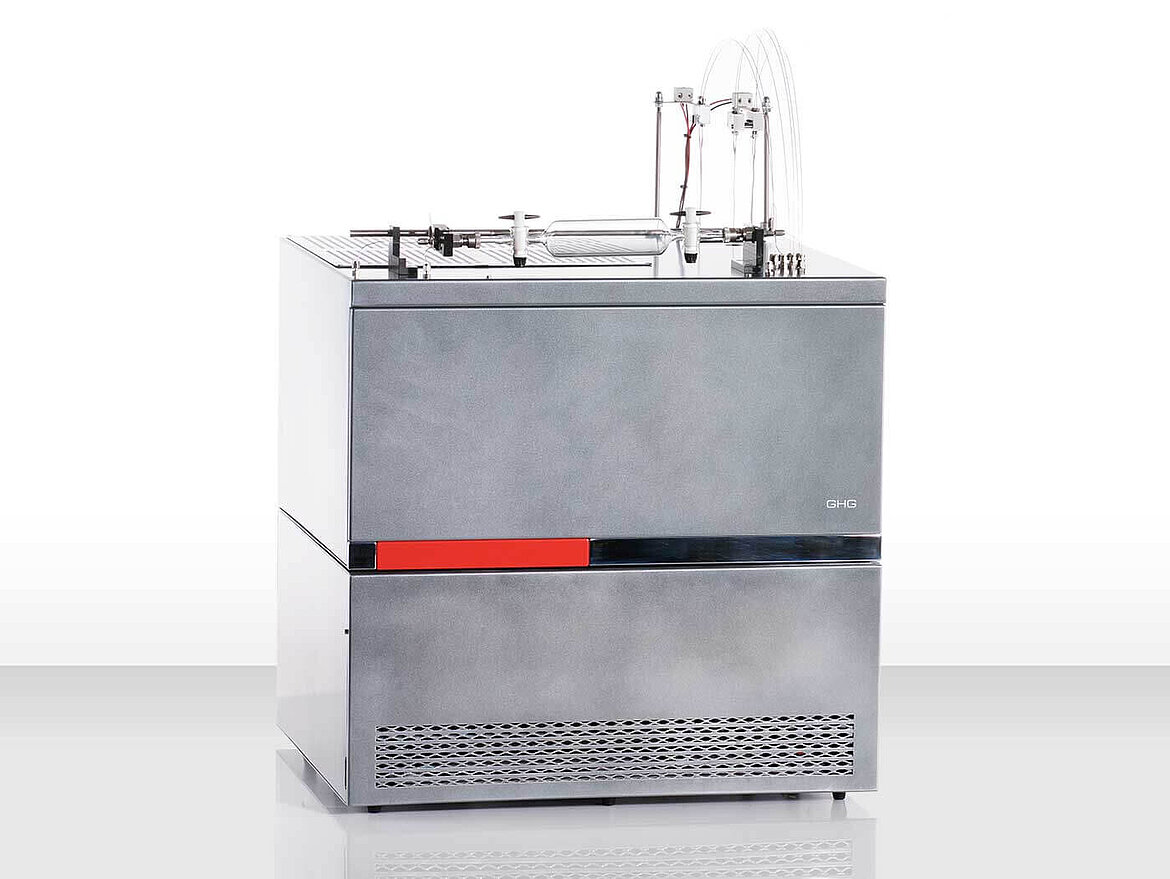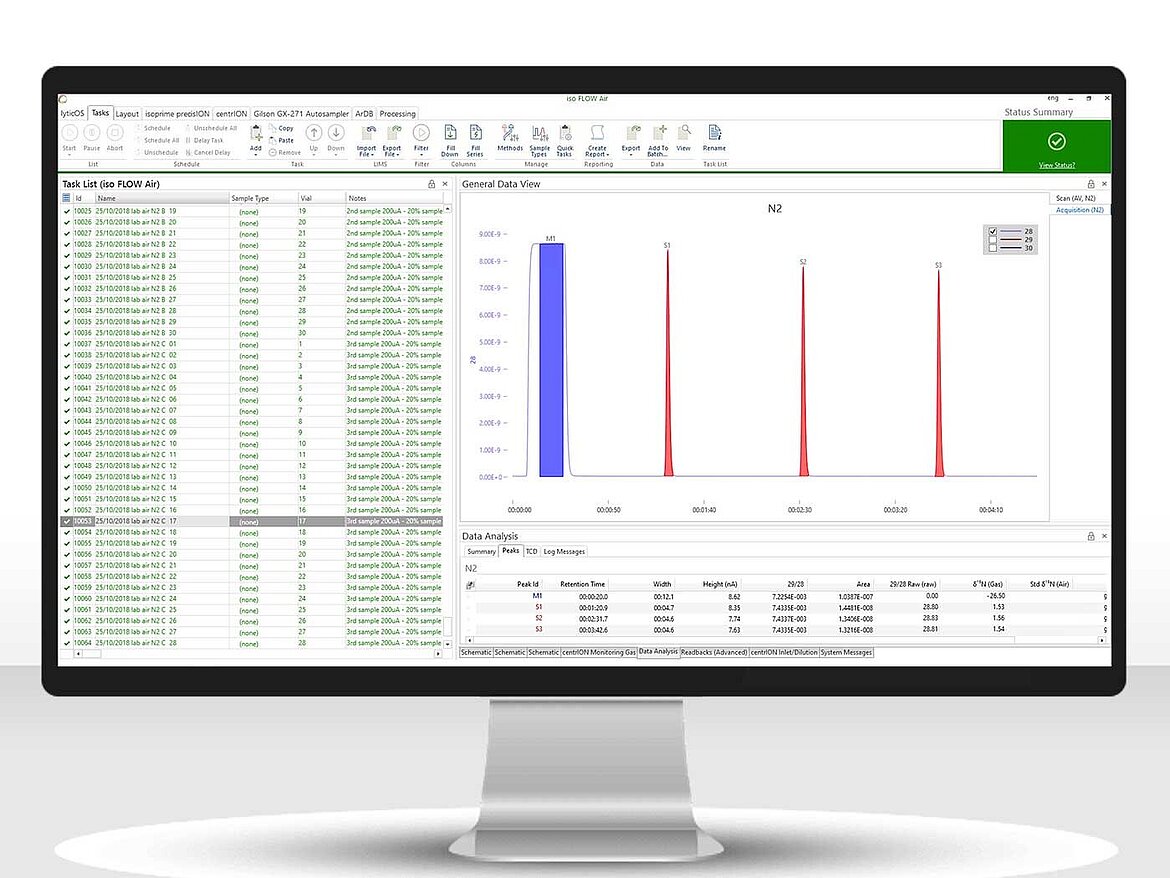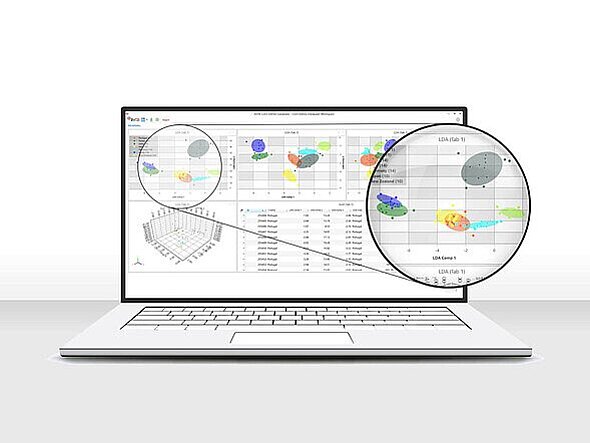The ideal solution for quantifying the global nitrogen cycle
Nitrogen is an element of great paradox. Despite it constituting the most readily available gas in the Earth’s atmosphere most organisms have no ability to consume it, yet it is essential for their survival. Instead, organisms utilize reactive forms of nitrogen which are produced by a range of processes. With such dependency the bioavailability of reactive nitrogen is a major limiting factor on the productivity of an ecosystem. Following the development of inorganic fertilizers and the burning of fossil fuels through the industrial revolution, humans have been contributing more reactive nitrogen into the global nitrogen cycle for the last 100 years enabling us to feed our growing population but with significant consequences for our environment.
When reactive nitrogen is lost to the environment, numerous environmental problems such as smog, acidification, climate change, and eutrophication can result. To understand the mechanisms leading to these negative outcomes stable isotope analysis is incredibly powerful for elucidating the sources, sinks and cycling of nitrogen throughout terrestrial, atmospheric and marine ecosystems.
EnvirovisION is a specially configured stable isotope analyzer for the isotopic analysis of atmospheric N2O and dissolved nitrate samples, and has been enhanced to utilize the new titanium (III) reduction method* making isotopic analysis of dissolved nitrate in environmental samples simpler and faster than ever before.
* Altabet, M.A., Wassenaar, L.I., Douence, C., Roy, R. (2019) A Ti(III) reduction method for one-step conversion of seawater and freshwater nitrate into N2O for stable isotopic analysis of 15N/14N, 18O/16O and 17O/16O, Rapid Communications in Mass Spectrometry, Vol 33, Issue 15, Pages 1227-1239. Link: https://doi.org/10.1002/rcm.8454
Highlights of the EnvirovisION
Great flexibility
Supports any nitrate method you choose to run as well as greenhouse gas analysis
High throughput
Analyze 70 samples a day using parallel processing giving 40% faster analysis than other systems
High data quality
Achieve the highest analytical performance with the most precise instrument available
Ease of use
Simple preparation of dissolved nitrate samples using new titanium (III) reduction method in less than 24 hours
Looking for an easier way to analyze 15N and 18O of dissolved nitrate?
A groundbreaking new paper from Altabet et al.* has described a new technique for the conversion of dissolved nitrate to N2O without using hazardous reagents or bacterial cultures giving fully prepared samples within 24 hours. Hear from the method's co-creator in our whitepaper and explore Dr. Wassenaar’s new method and learn what it could mean for the future of nitrate isotope analysis.
* Altabet, M.A., Wassenaar, L.I., Douence, C., Roy, R. (2019) A Ti(III) reduction method for one-step conversion of seawater and freshwater nitrate into N2O for stable isotopic analysis of 15N/14N, 18O/16O and 17O/16O, Rapid Communications in Mass Spectrometry, Vol 33, Issue 15, Pages 1227-1239. Link: https://doi.org/10.1002/rcm.8454
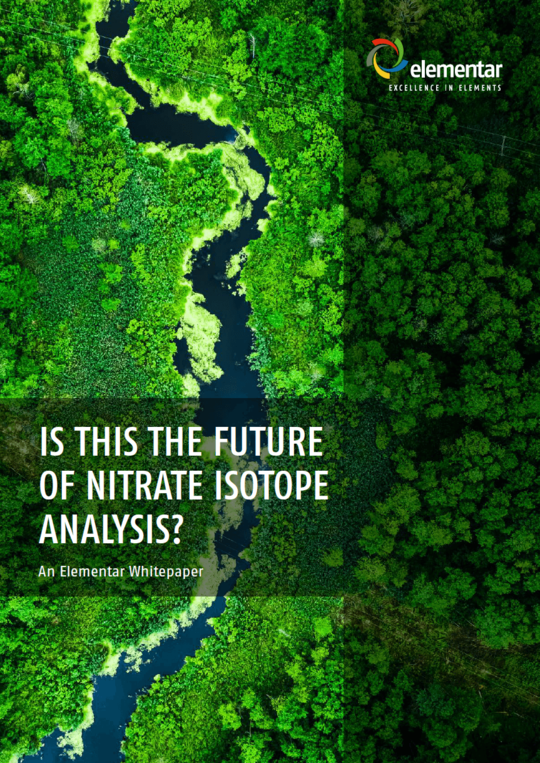
DOWNLOAD YOUR COPY
Fill in the form to receive your download link per e-mail.
Your contractual consideration for the free provision of the download is the subscription to our personalized newsletter. By clicking on the “download now” button, you therefore declare your acceptance of the receipt of personalized newsletters by e-mail by Elementar Americas, Inc. and its group companies as well as the evaluation of your user behavior in this regard and - if available - the merging of this data with your data in our customer database.
In order to receive newsletters from our group companies it is necessary to transfer your above-mentioned personal data to these companies. The data transfer is contractually required.
You are aware that the subscription to our personalized newsletter represents the contractual consideration that you provide for the free provision of the download. You can unsubscribe from the newsletter at any time with effect for the future. You can object to the future use of your data for advertising purposes at any time. For further information, please refer to our privacy policy.
Features
Ease of use
EnvirovisION has been optimized to provide straightforward analysis and intelligent control for maximum ease of use with powerful lyticOS® Peak Mapping capabilities reducing the duration of data analysis from hours to minutes, generating a large increase in lab productivity.
Additionally, its Good-For-Go control technology significantly reduces handling time by allowing instrument setup to be completed with a single click.
Advanced data analysis
EnvirovisION offers a number of cutting-edge analytical capabilities for environmental forensics, including:
100 V amplification for large dynamic range samples
exceptional sensitivity for low-concentration analytes
a market-leading furnace design, providing long-term robust sample analysis without reconditioning
sophisticated stable isotope data processing software that represents the most powerful suite ever created for this application
Minimal footprint
EnvirovisION is almost 50 % smaller than any other commercial stable isotope analyzer on the market, providing sophisticated performance in a compact package.
Low cost of ownership
EnvirovisION provides a variety of cost-effective benefits, including instrument sleep/wake-up functions that help to reduce the consumption of resources.
Product details
EnvirovisION is a complete solution for dissolved nitrate sample analysis, consisting of the following modules:
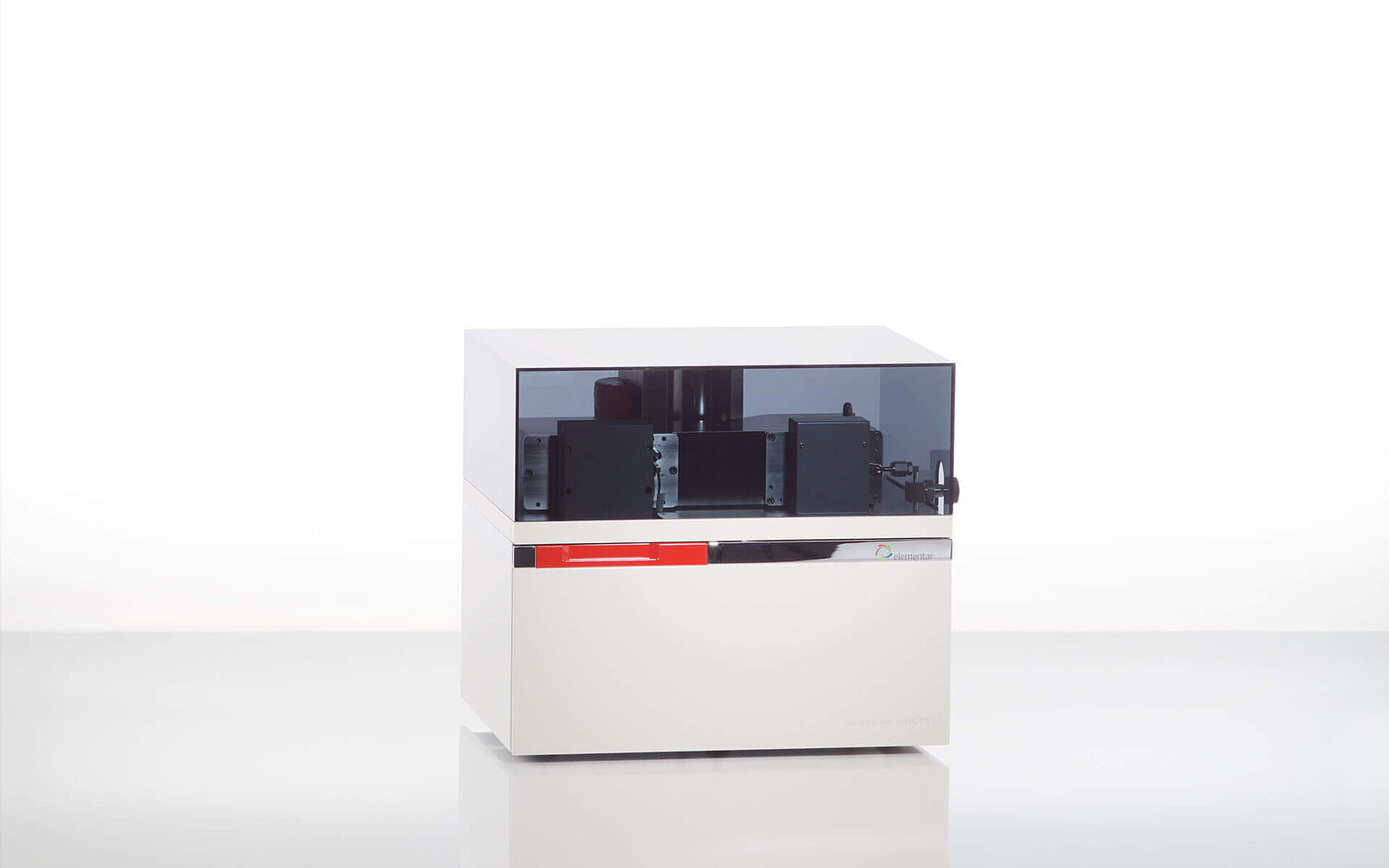
isoprime visION stable isotope analyzer
The isoprime visION isotope ratio mass spectrometer offers exceptional bulk and compound-specific isotope analysis. Developed for highest ease of use, simplicity is what isoprime visION is about. It offers a completely new experience of stable isotope analysis: an experience free from the routine chores of maintenance, focusing on the science, not the instrumentation. Thus, isoprime visION opens the power of stable isotopes even to laboratories yet inexperienced in the use of isotope ratio mass spectrometry.
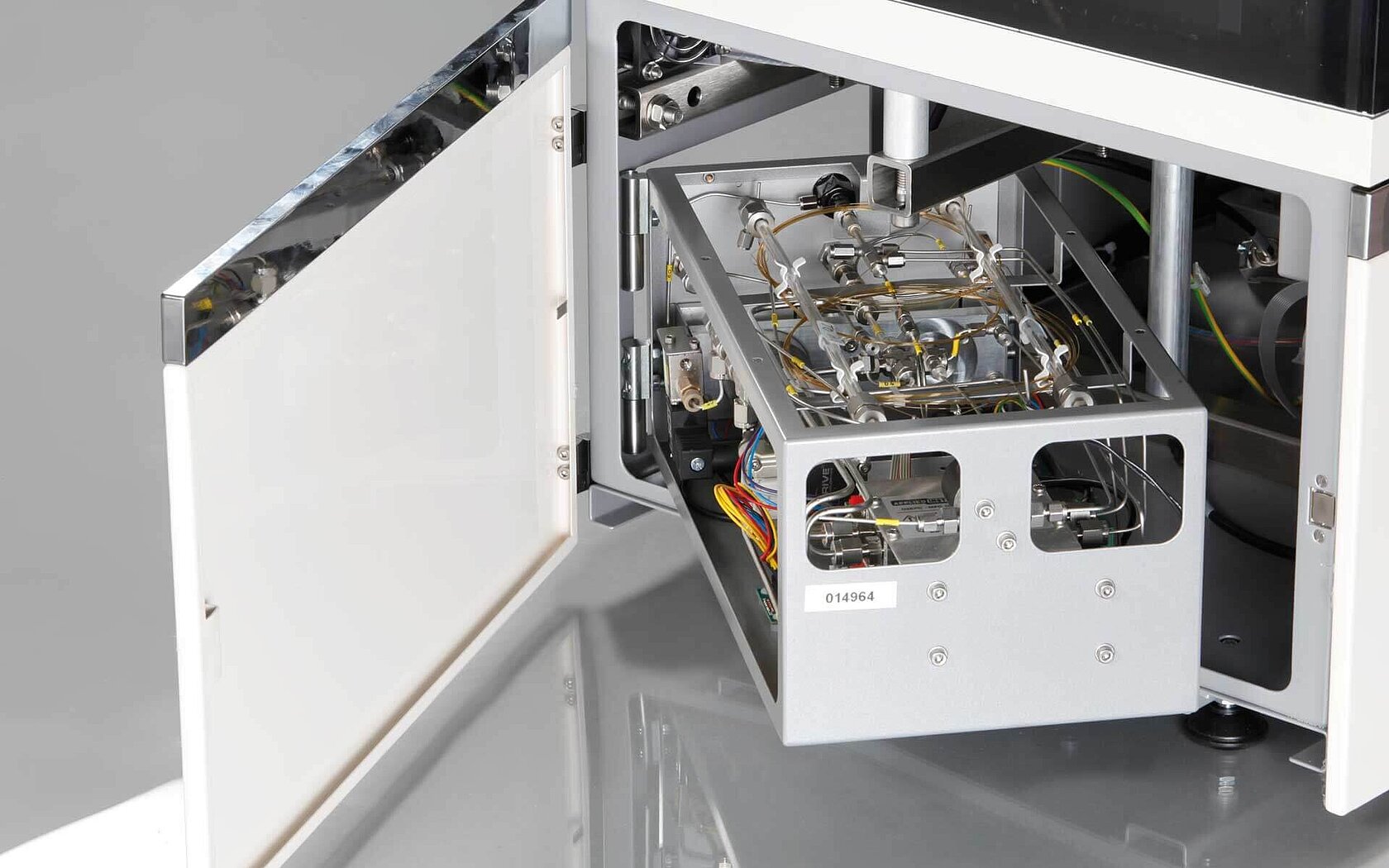
centrION monitoring gas handling and inlet interface system
centrION is the powerful core of the isoprime visION system. With complete automation through digital control, centrION is the central interface for isoprime visION’s inlet systems, as well as handling the monitoring and gas injections required for instrument performance checking.
Completely integrated into the isoprime visION footprint and handled intelligently by our lyticOS® Software Suite, centrION works seamlessly to perform complicated tasks with incredible simplicity.
With centrION, you are finally released from the daily maintenance routines of your instrument and you can focus purely on your science.
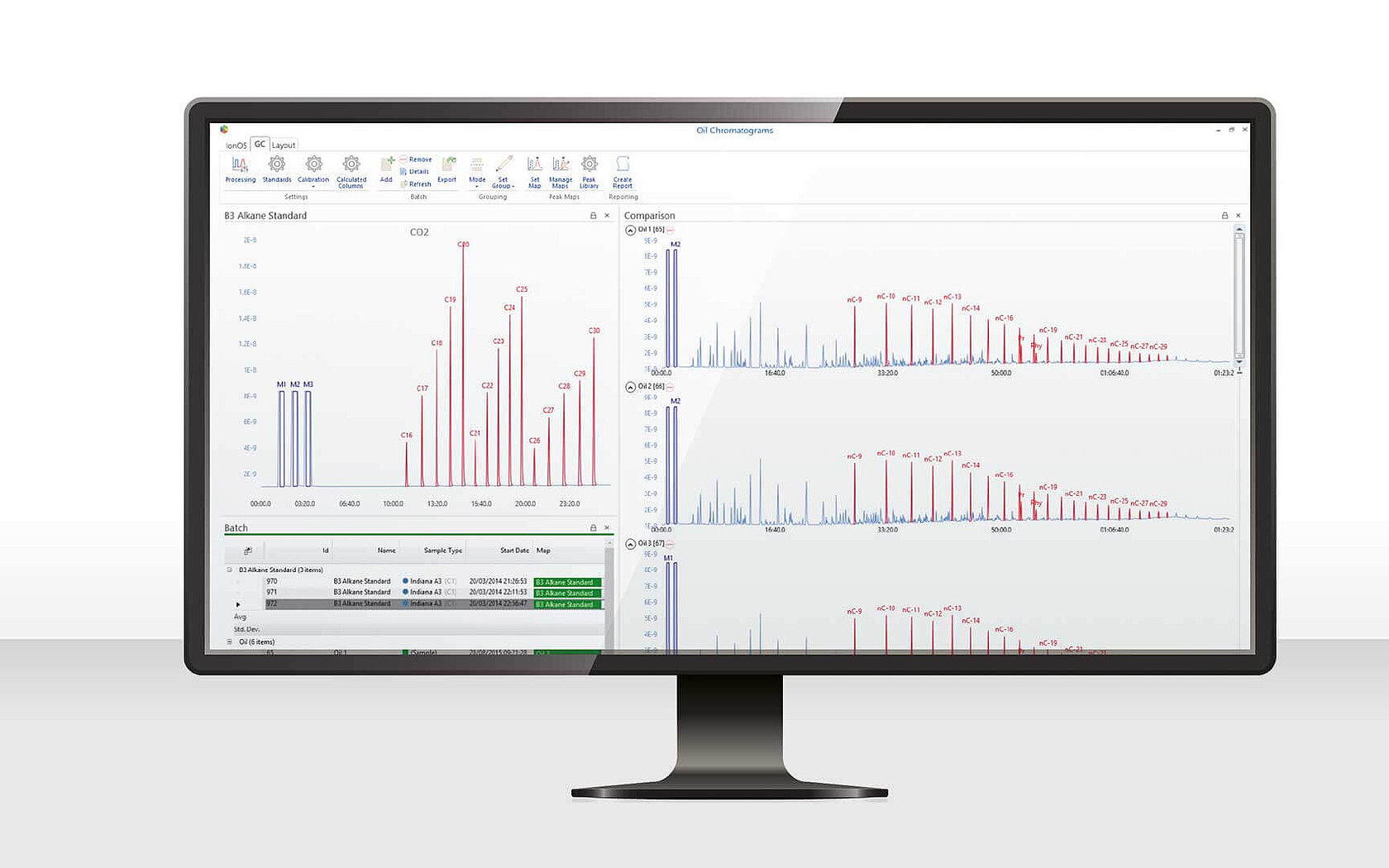
lyticOS® EnvirovisION operating license for acquisition and data processing
lyticOS® Software Suite is the revolutionary new software for the isoprime visION stable isotope analyzer. It works in concert with the isoprime visION and centrION to provide an unrivalled level of intelligent control.
Designed completely from the ground up for an exceptional user experience, lyticOS® is the most sophisticated yet simple software suite ever created. Its clean user interface belies the level of sophistication within, giving you unrivalled capabilities to generate exceptional data with ease.
lyticOS® allows isoprime visION to reclaim responsibility for sample analysis from you by offering incredible functionality both pre- and post-acquisition, significantly reducing instrument contact time.
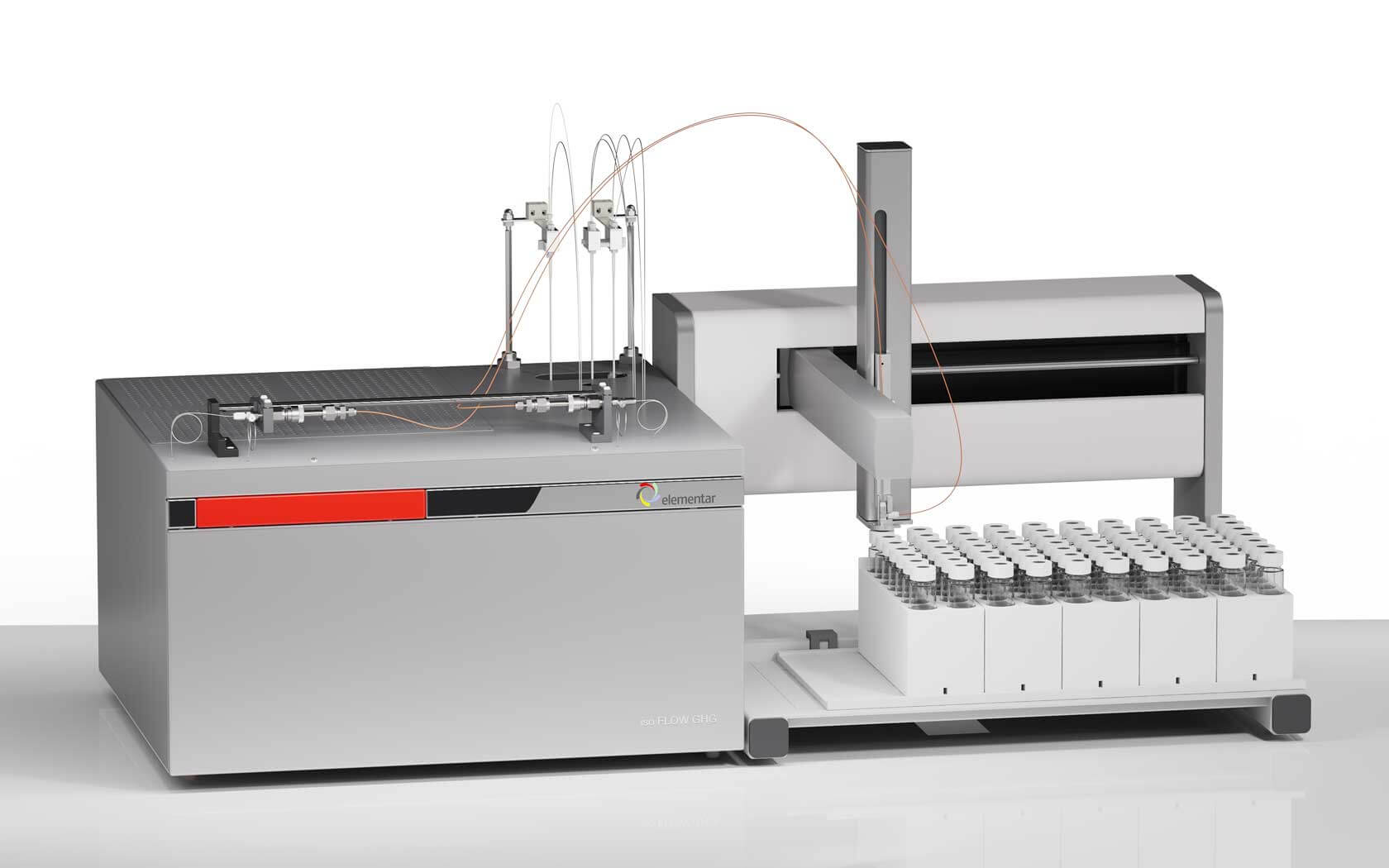
iso FLOW GHG for δ15N and δ18O isotope analysis
The iso FLOW GHG uses cryogenic pre-concentration to enable the high precision isotope analysis of CO2 and N2O which are found at trace concentrations in the atmosphere. The automated chemical trapping and gas chromatography techniques utilized by the iso FLOW GHG allows the trace greenhouse gas to be isolated from other atmospheric constituents and delivered into the isotope ratio mass spectrometer without isotopic fractionation for the highest sensitivity of these low concentration gases.
Configured with a high throughput autosampler, the iso FLOW GHG can extract prepared N2O sample gases from septum sealed vials using our unique dual core needle. Standard sample racks allow 12 ml, 20 ml or 40 ml sample vials to be used whilst also supporting customized vial dimensions if required.
Automated liquid nitrogen dispensing
For even higher sample throughput, using an automated liquid nitrogen dispenser allows the Dewar to be continually re-filled so that your system can run for extended periods of time.
Analysis of soils and organic materials
For further investigating the mechanisms controlling the cycling of reactive nitrogen species the vario ISOTOPE select elemental analyzer can be used for δ13C, δ15N, and δ34S analysis of soils and organic materials.
Methane analysis
The iso FLOW GHG system can be upgraded for analysis of atmospheric concentrations of methane, a powerful greenhouse gas. Methane is combusted in a high temperature furnace (1500 °C) and combusted to CO2 which is then cryogenically focussed prior to being analysed for δ13C.
- Dissolved nitrate in groundwater, surface water, sea water
- Atmospheric CO2 and N2O
- Atmospheric CH4 (optional)
- Soils & organic materials (optional)
Downloads
